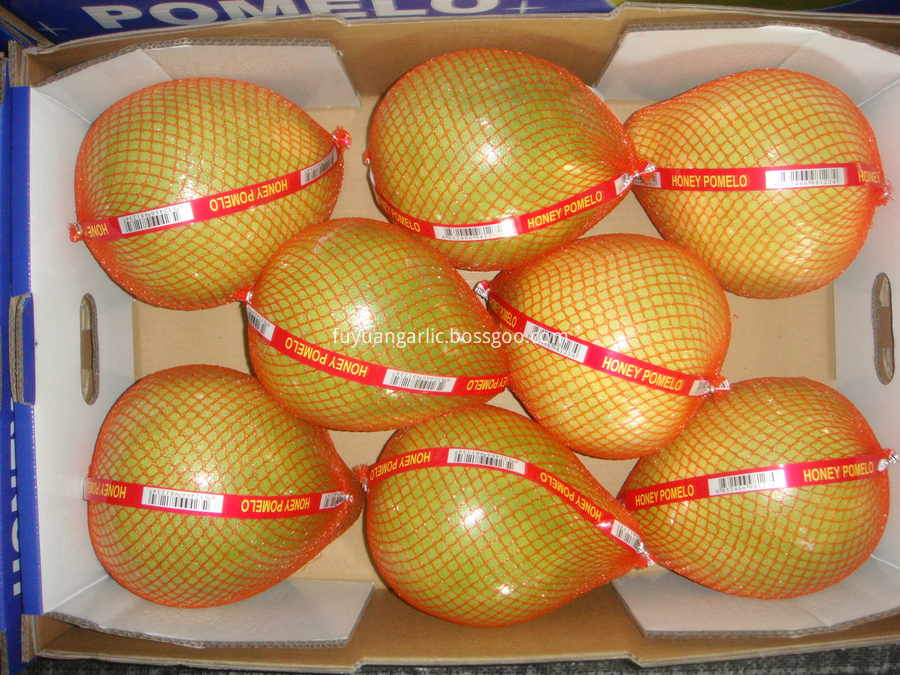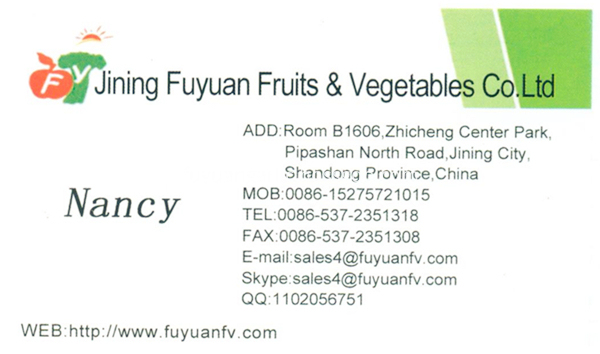Cotton mid and late management technical advice
The overall goal of the middle and late stage management of cotton fields is to promote integration and control, achieve control of prosperity, promote lateness, and make up for weaknesses, achieve balanced and steady growth of cotton fields, set up high-yield shelves, and capture cotton harvests. Specific technical measures are as follows:
Timely chemical regulation
Recently, the cotton area in our province has experienced continuous rain and rain. According to meteorological department forecasts, precipitation in the flood season in our province will be 2-5 percent more than usual during the flood season this year, which can easily cause the growth of cotton and must be controlled. For the prosperous blooming cotton field, use about 3 to 3.5 grams of shrinkage per acre, 30 to 35 kilograms of water, spray on the surface of the cotton plant to control the growth of the cotton plant, so that the daily growth of the main stem of the cotton plant is controlled at 3 Below centimeters; For a cotton field that grows steadily or has a tendency to prosper, use about 2 to 2.5 grams per acre and spray 20 to 35 kilograms of water. After 7 to 8 days of cotton topping, generally 3 grams per mu is used for shrinkage, and about 30 kilograms of water is sprayed on the top and side of the cotton plant, which can simplify the late pruning, increase the early autumn peach, and increase the boll weight. Prevent greediness and lateness.
Scientific fertilizer management
One is to reapply flowers and bells. According to the fertility characteristics of the insect-resistant cotton in the early stage, the replanting, early flowering bell-fertilizer, the cotton field to which the bell-fertilizer has not yet been applied, the application of 15 kg of urea per mus, the cotton field without applying the phosphorus and potassium fertilizer to the base fertilizer, and the simultaneous application of the compound fertilizer 10-15 kg. Fertilization should be deep ditching to improve fertilizer efficiency. The second is top dressing fertilizer. Top dressing is to prevent the premature decline of insect-resistant cotton, especially for early-onset varieties and early-onset cotton fields to prevent premature aging. General end of July to early August after the topdressing, the latest no more than August 5, 5 ~ 7.5 kg of urea per acre. The third is foliar spray fertilizer. General cotton fields can be combined with pest control from the middle of August to start spraying foliar. Can spray 0.5% to 1% of urea solution, 2% to 3% of superphosphate solution or 300 times of potassium dihydrogen phosphate solution, once a week, even spray three times.
Integrated control of pests and diseases
For three generations of cotton bollworm, when there are 100 young larvae with 15 heads, chemical defense measures should be taken. In recent years, the obscurity harm has tended to occur. In July, the third generation of nymphs entered the incubation period. Since then, there have been overlapping generations, gradually no obvious algebraic boundaries, and the closure of the cotton fields has entered a particularly difficult period for prevention and control. With the top of the fruit branch, when the number of newly planted plants in the field is 5% to 10%, and 100 plants have 5 or more insects, timely prevention and treatment should be conducted, and such insecticides as fipronil and chlorpyrifos can be sprayed. It is usually controlled once every 7 days until late September. According to the characteristics of night blindness and nighttime hazards, it is necessary to pay attention to the time of medication, and generally control after spraying at 5 pm. However, it is necessary to implement the principle of unified defense in order to completely cure the blind monks. The first is to carry out joint households' prevention and control, set up a machine defense team to carry out unified prevention and control, and prevent the transfer of hazards; the second is to remove field weeds in time, do a good job of prevention and control of the surrounding host, strengthen cotton field management to prevent overgrowth, and reduce the number of insects. At the same time, to strengthen the control of locusts, red spider, whitefly and other pests can be used pyrethroids, 1% imidacloprid, 1.8% avermectin, 25% buprofezin and other pesticides for prevention and treatment, and pay attention to the protection of natural enemies.
Scientific pruning cotton
The focus of the middle and late cotton cropping and repairing is to top the heart, remove the heart, and remove the buds. The time to fight at the top should be flexibly controlled according to the density and variety characteristics of the cotton fields. The principles of “time to time and branch to branch time†should be mastered. Intermediate fertility cotton fields are generally on July 15-20, and late-onset cotton fields can be postponed to 7 Around the 25th. The average density of conventional insect-resistant cotton is 3,000 to 4,000 plants/mu in spring, 14 to 16 fruit trees per plant, and 2,000 to 2,600 plant/mu in insect-resistant hybrid cotton, and 16 to 18 plant branches per plant. The density is 6000 to 8000 plants/mu, and 6-8 plants can be left in each plant. The heartbeat is usually carried out before the August 10th, and the ineffective buds after the beginning of autumn are removed. The edge of the shading cotton field can control the lateral growth of cotton plants, and each fruit branch generally leaves 3-4 fruit segments. At the same time, it is necessary to remove axillary buds in time to improve lighting conditions in cotton fields and promote early maturing, high quality and high yield of cotton.
In addition to drought prevention
The flowering and bolling period coincides with the flood season in our province. In recent years, precipitation in the province has been significantly higher, and the drainage in the rainy season has been completed. When the daily rainfall is guaranteed to be 200 mm, the field water will be drained within 24 hours after the rain.
After entering the flowering and boll stage, the temperature rose, the cotton plant grew vigorously, and the transpiration of the cotton plant was strong. It was the period when the cotton needed the most water in a lifetime. Therefore, in case of dry weather, when the soil moisture in the tillage layer is less than 65% of the field water capacity, it can be watered alternately and 30 to 40 cubic meters per mu. Need irrigation 1 or 2 times. In the early stage of boll opening (in the upper and middle months of September), soil moisture should be kept slightly higher (accounting for about 70% of field capacity). In the event of autumn drought, the soil moisture in the cultivation layer is less than 65% of the field water capacity. Watering, irrigation of 30 to 40 cubic meters per mu, has a significant effect on preventing premature aging, increasing boll weight, and improving fiber quality.
Fresh Honey Pomelo has diameter between 12cm to 16cm,each weight is about 1.0 to 2.5kg. The package of pomelo including inner packing and outer packing. Inner packing: each pomelo packed in thin plastic film and mesh bag with one bar code label and a color ribbon. Outer packing: in cartons, 7-14pcs/ctn, semi-open ctn or open ctn ,also do as clients's request. We usually put 8 to 12 pcs packed in 11kg carton or put 10 to 12 pcs packed in 12kg carton.Except Fresh Pomelo ,we also supplied Fresh Ginger ,Air Dried Ginger, Fresh Garlic , Fresh Onion , Peeled Onion , Fresh Chestnut , Sweet Corn , Fresh Taro , Fresh Potato , Fresh Baby Mandarin, Fresh Red Grape , Fresh Ya Pear Chaotian Chili , Paprika Powder , Fresh Apple and so on.
Type: Honey Pomelo
Style: Fresh
Size: 12-16cm
Grade: Class A
Package: Plastic film+mesh bag+carton
Place of origin: Fujian Province
Taste: Sweet
Color: Light yellow
Fresh season: August to September
Supplying time: August to February nexy year
Payment term: TT/LC/flexible payment terms
Crop: 2018

If you need about it,please feel free to contact me,which is contact information as below.

Fresh Pomelo 8-12Pcs,Honey Pomelo,Pink Flesh Pomelo,Professional Fresh Pomelo
Jining Fuyuan Fruits And Vegetables Co., Ltd. , https://www.fuyuanfv.com